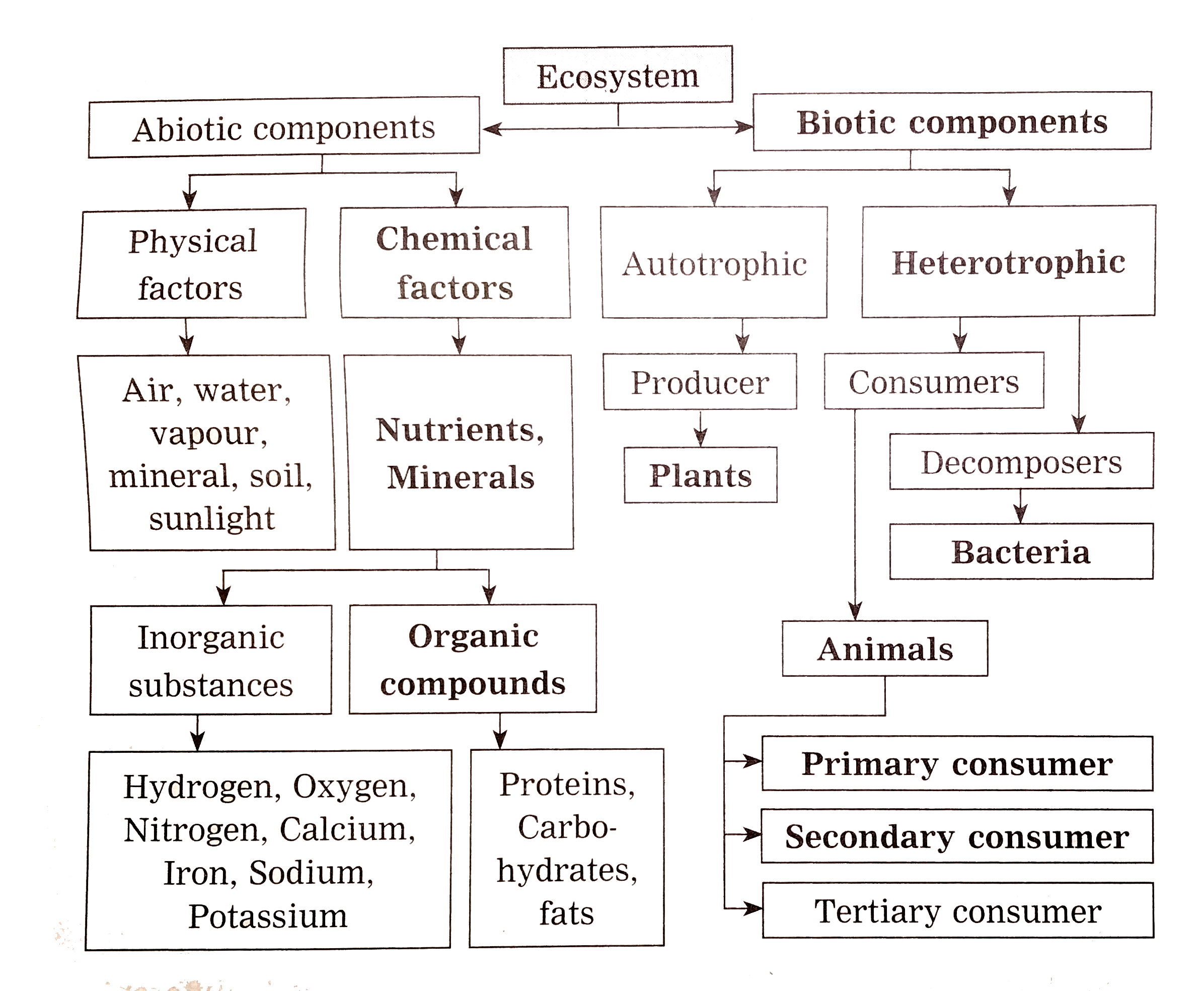Fill in the blank questions are a popular type of assessment that require students to provide a missing word or phrase in a sentence. This type of question is commonly used in tests, quizzes, and exams to assess a student’s understanding of a particular topic or subject. It challenges students to recall information and apply their knowledge in a concise manner.
When completing a fill in the blank question, students must carefully read the sentence and determine the missing word or phrase that best fits the context. This type of question can help reinforce key concepts and improve retention of information through active recall.
Fill the Blank Question Completa
Fill the blank: The capital of France is ________.
Fill in the blank questions are beneficial for both students and educators. For students, these questions encourage critical thinking and problem-solving skills as they analyze the sentence structure and context to identify the missing word. It also promotes active engagement with the material, leading to better retention of information. Educators, on the other hand, can use fill in the blank questions to assess students’ comprehension and mastery of a topic, making it a valuable tool for evaluating learning outcomes.
One key strategy for answering fill in the blank questions is to read the entire sentence before attempting to fill in the blank. This helps students understand the overall meaning of the sentence and identify any clues that may hint at the missing word or phrase. Additionally, students should consider the grammatical structure of the sentence and choose a word that fits seamlessly within the context.
Another tip for successfully completing fill in the blank questions is to review the sentence after filling in the blank to ensure that the completed sentence makes sense. This step allows students to double-check their answer and make any necessary revisions for accuracy. By following these strategies, students can improve their performance on fill in the blank questions and enhance their overall comprehension of the material.
In conclusion, fill in the blank questions are a valuable tool for assessing students’ understanding and retention of information. By challenging students to recall and apply their knowledge in a specific context, fill in the blank questions promote active learning and critical thinking skills. Educators can use this type of question to gauge students’ comprehension and provide targeted feedback for improvement. Overall, fill in the blank questions are an effective way to enhance learning outcomes and measure students’ mastery of a subject.
